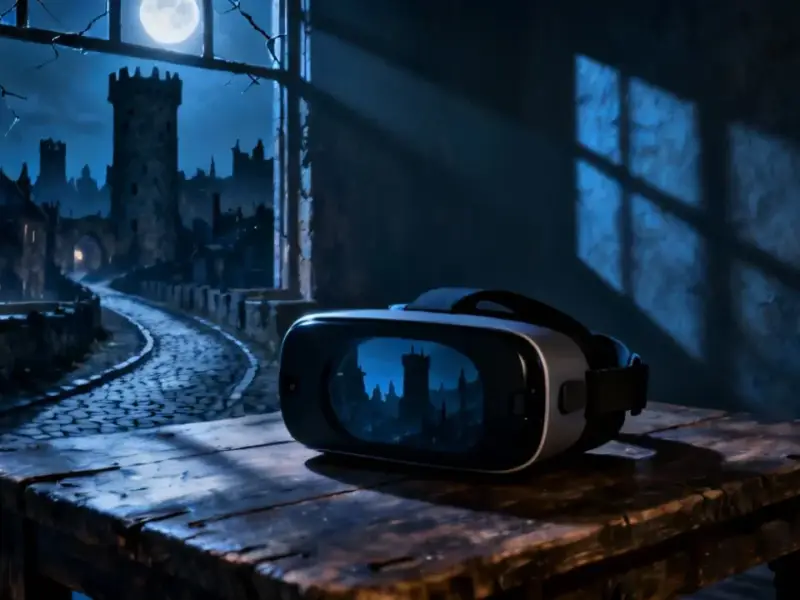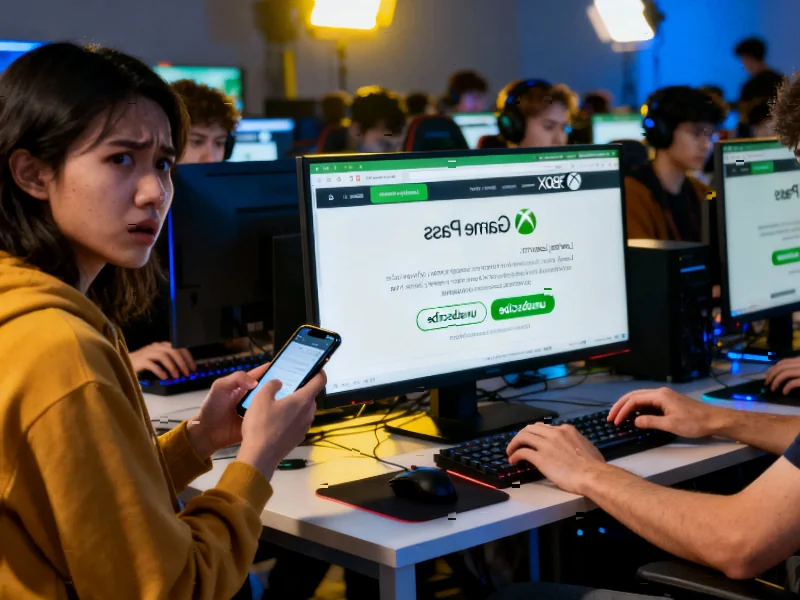According to XDA-Developers, Ninja Gaiden 4 released on October 21, 2025, developed by PlatinumGames and Team Ninja and published by Xbox Game Studios. The game scores 82/100 on OpenCritic with 86% of critics recommending it, earning a 7.7/10 rating. It introduces a new protagonist named Yakumo while relegating series veteran Ryu Hayabusa to a supporting role. The combat system blends classic techniques like Flying Swallow with entirely new mechanics including a Berserker Meter and Bloodraven Form transformation. Despite some flaws in storytelling and level design, the game represents a significant step forward for the franchise after years of remasters and re-releases.
Fresh blood matters
Here’s the thing about gaming right now: we’re obsessed with nostalgia. Every other week brings another remake or remaster of some PS2-era classic. And look, I get it – revisiting Resident Evil 2 or Dead Space with modern graphics feels amazing. But there’s something fundamentally different about a brand new entry that actually moves the story forward.
Ninja Gaiden 4 gets this right by doing what few franchises have the guts to do: it changes protagonists. Ryu Hayabusa, the face of the series since the NES days, takes a backseat to newcomer Yakumo. That’s a massive risk, and the game kinda stumbles by trying to appease traditionalists with some Ryu sections later on. But the core message is clear – this franchise is moving forward, not looking backward. It reminds me of when Resident Evil switched to Ethan Winters, and honestly? That’s exactly what aging franchises need to stay relevant.
Combat evolution done right
The combat in Ninja Gaiden 4 is absolutely phenomenal. But what’s really impressive is how it manages to feel both familiar and completely fresh. Classic moves like the Flying Swallow are still there for veterans, but the new Berserker Meter system fundamentally changes how encounters flow. Building up that meter and unleashing it mid-combo creates this addictive rhythm that feels almost like a dance.
Then there’s Yakumo’s Bloodraven Form – a high-risk transformation that’s as cinematic as it is powerful. The Bloodbath Kills are ridiculously over-the-top in the best way possible. What’s brilliant is that you can still play this game old-school if you want, relying purely on timing and aggression. But when you embrace the new systems? It’s like discovering the series all over again.
Accessibility without compromise
Let’s be real – the old Ninja Gaiden games were brutal. Like, “throw-your-controller-at-the-wall” difficult. Ninja Gaiden 4 maintains that signature challenge while actually giving newcomers a fighting chance. The training modes are incredibly deep and genuinely helpful, and the difficulty scaling is surprisingly thoughtful.
But here’s what separates it from just dumbing things down: veterans still get their fix. The higher difficulty tiers are absolutely savage, delivering that same intense ballet of violence that made Ninja Gaiden II a cult classic. This balance between welcoming new players while respecting the hardcore fanbase is something most remasters completely fail to achieve. If you’re jumping in fresh, these beginner tips will help you get up to speed without completely overwhelming you.
Why new entries matter more
So here’s my take: Ninja Gaiden 4 isn’t perfect. The story has issues, some voice acting is laughable, and the level design lacks the tight intensity of the originals. But you know what? I’d take this flawed step forward over another polished look backward any day.
Remasters have their place – they preserve classics and introduce them to new audiences. But they don’t move the industry forward. Resident Evil 7 changed that franchise more than any remake ever could. God of War’s 2018 revival redefined what that series could be. Now Ninja Gaiden 4 joins them as proof that taking creative risks, even messy ones, is how you keep franchises alive.
The critical reception shows that people appreciate when developers actually try something new. Preservation keeps memories alive, but progression builds futures. And right now, gaming needs more builders than museum curators.




